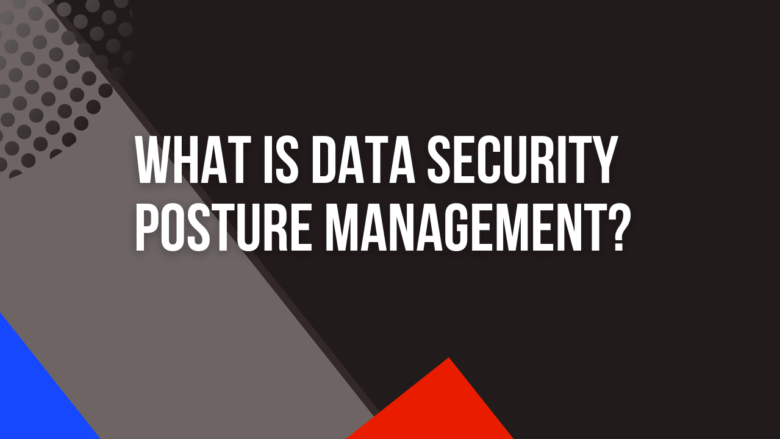Data Security Posture Management (DSPM) is a method of cloud-based data security that enhances an organization’s data breach detection and cybersecurity measures. With hackers using increasingly sophisticated hacking techniques to access company datasets, the need for effective DSPM has never been more important.
(Data Security Posture Management) DSPM addresses current cloud security issues by automating certain data protection processes. It can be used by businesses to maximize cyber safety and build a well-rounded, comprehensive image of a company’s current data security posture.
In this article, we’re going to take a deep dive into what DSPM is and why it’s important for modern-day businesses.
What is DSPM?
Data Security Posture Management is the process of managing data security and automating these security processes to increase the visibility of data and the efficiency of data storage. It works on the data layer and provides businesses with the means to monitor sensitive data with ease.
Part of effective DSPM involves mitigating cybersecurity risks and taking the necessary action if a data breach occurs. It also involves proper management of permissions, licenses, permits, and data sharing options.
Why is Data Security Posture Management Important?
Data Security Posture Management is important for all businesses, especially those that handle large volumes of sensitive data. If a business stores its data via a third-party cloud service provider, having effective security posture management is fundamental to ensure this data does not fall into the hands of the wrong people.
Overcoming common cloud challenges is difficult but this is where DSPM comes into play. Data Security Posture Management allows businesses to copy, edit, and analyze datasets efficiently while also maximizing standard security processes.
Ultimately, DSPM finishes the ‘data security puzzle’ when cloud computing is the main method of sensitive data storage. It uses a range of artificial intelligence and machine learning tools to automate data monitoring.
Data risk assessments can also be automated through DSPM, saving the organization time, money, and resources. Data flow is more efficient across internal applications and externally provided software.
Data policy management is also enhanced with Data Security Posture Management. Compliance with security policies can be identified and business owners can determine software-specific policies more easily.
What Makes DSPM Different From Other Data Security Management Methods?
Unlike other data security processes, DSPM provides a well-rounded, comprehensive view of a business’s total data. It enables organizations to effectively store sensitive data and identify anomalies quickly and easily.
Data Security Posture Management is also better for the identification is security risks and it makes policy compliance simple. Even if third-party providers and servers are used for data storage resolutions, DSPM mitigates data breaches.
DSPM overcomes common issues that companies face with traditional data security measures, such as extensive policies and complex rules. Because data is dynamic, using cloud-based solutions, such as one would with DSPM, provides the necessary versatility and flexibility for effective data management.










FIND US ON SOCIALS